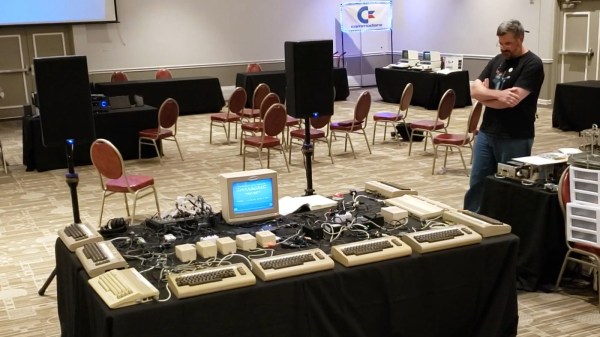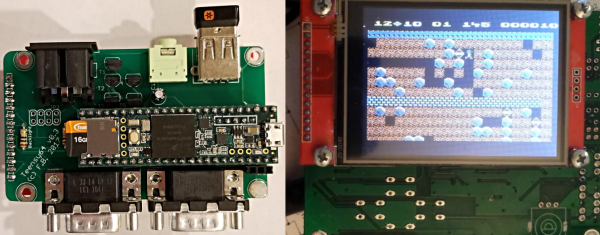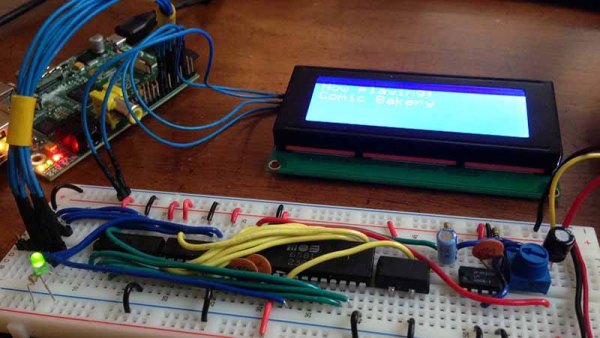The chiptune scene is dominated by Game Boys and other Nintendo hardware, but one should never forget the gorgeous, beautiful tones that come from the hallowed Commodore 64. [Linus Åkesson] knows this well, and it’s at the heart of his work on the Commodordion. Now, he’s built an even better version.
The original idea he had was to build an accordion-like control surface for the SID chip in a Commodore 64. The device is capable of creating beautiful accordion-like music with a simple 8-bit flair. He has since dubbed the original Commodordion the “bass Commodordion,” while the new version is classified as a tenor instrument.
The prime upgrades are ergonomic. The previous instrument was too heavy, with the left hand having to carry an entire Commodore 64 on its own. It was also hard to reach the keys. The new version is much lighter, with one of the two C64s of the original having been removed. The supporting electronics have been redesigned to more neatly fit into a space behind the bellows.
The result is a machine that’s far easier to play, and one that won’t injure the user in extended play sessions. “It’s now a pleasure, not a pain,” says [Linus]. The payoff in usability is obvious, and the tunes themselves are hauntingly beautiful.
We first covered the Commordordion back in 2022, but it wasn’t the first time we saw one of [Linus]’s impressive creations.
Continue reading “The Commodordion Gets A Big Usability Upgrade”

















